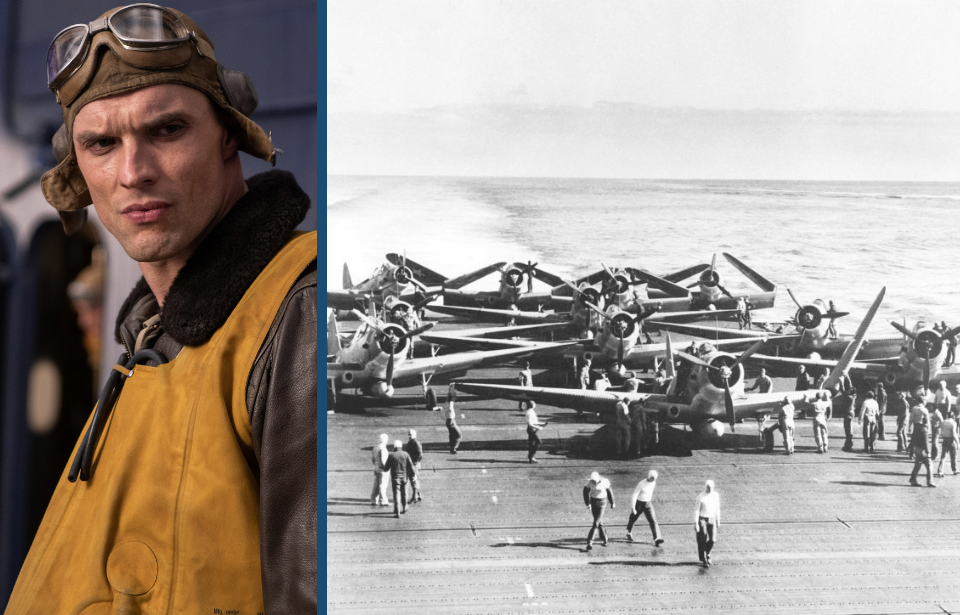Of the four Japanese aircraft carriers sunk during the Battle of Midway – one of the most critical battles to occur in the Pacific Theater – dive bomber Lt. Cmdr. Richard H. Best was responsible for two capsized enemy vessels – and he did it with just three aircraft.
Best and his squadron faced an insurmountable challenge; every condition determined they weren’t meant to win against the heavy Japanese artillery. However, against all odds, they prevailed, single-handedly turning the tide of the war with the Allies’ first major naval victory against Japan.
Richard Best was born to be a pilot
Lt. Cmdr. Richard Halsey Best was born in New Jersey in 1910. Immediately after high school, he enrolled in the US Naval Academy, and in 1932 graduated with honors. Best began his military career aboard the USS Richmond (CL-9). Two years later, he earned his wings at the Naval Air Station Pensacola, Florida and was assigned to Fighting Squadron 2 (VF-2B) aboard the USS Lexington (CV-2), nicknamed “Lady Lex.”
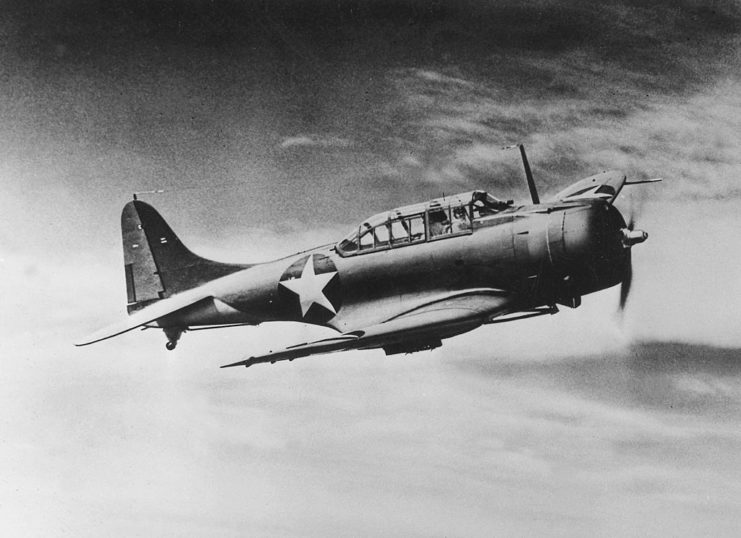
At the breakout of the Second World War, Best was moved to the Bombing Squadron Six (VB-6) aboard the USS Enterprise (CV-6). By now, he was a distinguished fighter pilot looking to gain experience on a bomber squad. While onboard Enterprise, he carried out raids on the Marshall Islands in early 1942, and was soon tasked with a make-or-break opportunity to attack four Japanese aircraft carriers (Akagi, Kaga, Hiryū, and Sōryū), headed to Midway Atoll in the North Pacific.
The Battle of Midway
On the morning of June 4, 1942, Richard H. Best and Enterprise‘s 14 Douglas TBD-1 Devastators, 34 Douglas SBD Dauntless and 10 Grumman F4F-4 Wildcats were tasked with attacking Akagi. However, the mission unraveled as squadrons became separated and confusion began to overwhelm the original plan of attack.
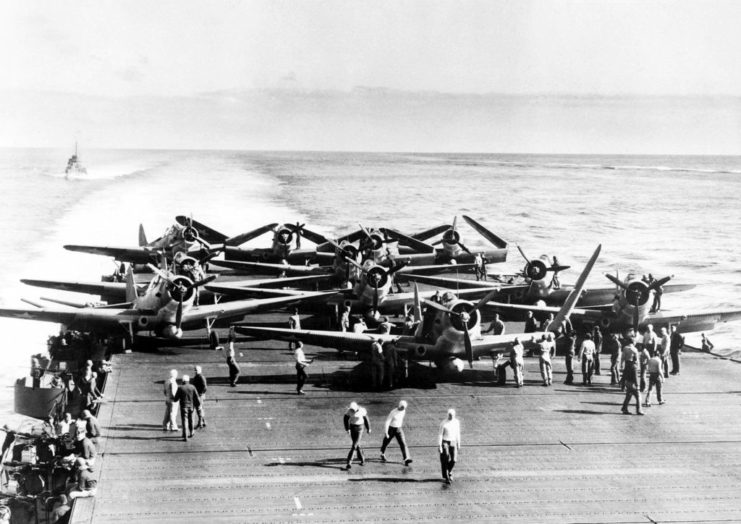
The leading fighter pilot turned to strike the nearby Kaga, taking most of the squadron with him. Best realized what was happening and signaled to abort. Unfortunately, no one listened. He continued toward his target with just two wingmen, leaving only three aircraft to strike Akagi.
Under heavy fire from anti-aircraft weapons and fighter aircraft, Best dropped the bomb that sealed Akagi‘s fate. It landed on the upper flight deck and exploded in a hanger. With his first target sunk, Best returned to Enterprise.
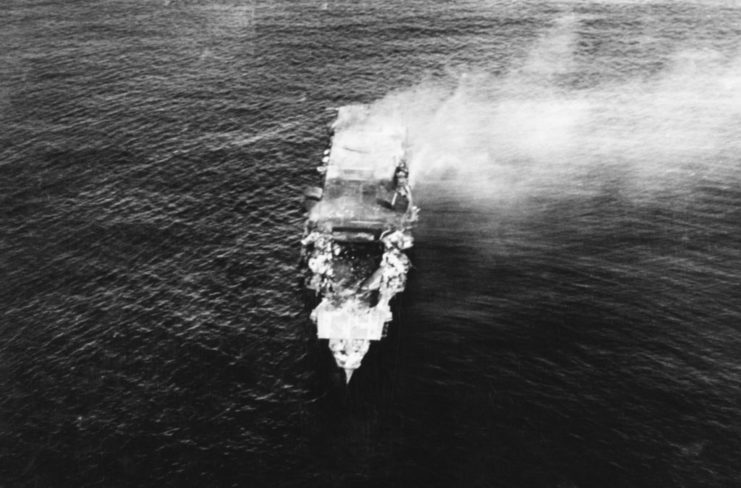
By the afternoon, only one Japanese carrier remained: Hiryū. It’s believed Best’s bomb was one of four to strike the vessel, making him the first pilot to successfully bomb two Japanese aircraft carriers in one day. Even though it was the best day of his military career, it would also be his last mission.
“Extreme disregard for his own personal safety” led to medals
Returning to Enterprise after bombing Hiryū, Richard H. Best began coughing up blood while landing his aircraft on the flight deck. This continued and he eventually developed a fever, which forced him to be sent to Pearl Harbor Hospital.
As it turns out, his health issues were caused by difficulties with the oxygen supply for several VB-6 pilots, including himself. Since the morning mission to sink Akagi had lasted longer than expected, the oxygen rebreather in Best’s aircraft became overheated, causing a release of sodium hydroxide into the cabin.
Sodium hydroxide is used in rebreathers to remove the carbon dioxide exhaled by pilots. When it becomes overheated, it releases caustic soda fumes directly into the pilot’s lungs through their mask. The fumes that entered Best’s respiratory system activated a latent tuberculosis infection in his lungs that had laid inactive for years.
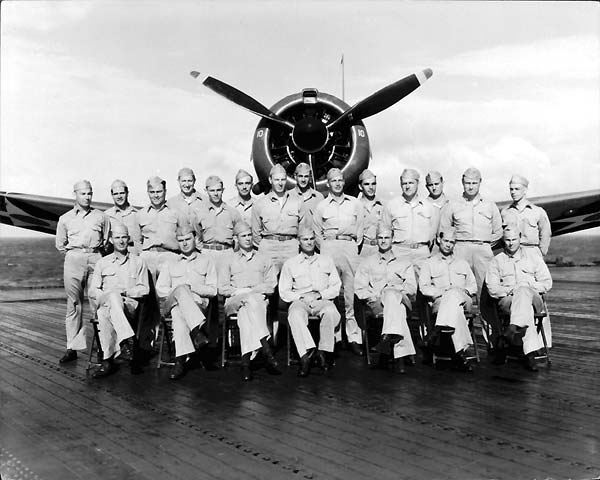
Best received treatment for tuberculosis until 1943, and retired, on disability, from the US Navy in 1944. For his selflessness and bravery during the Battle of Midway, he was awarded the Distinguished Flying Cross and the Navy Cross. The citation for the latter speaks to Best’s incredible skill and dedication:
“Defying extreme danger from concentrated anti-aircraft barrage and powerful fighter opposition, Lieutenant Commander Best, with bold determination and courageous zeal, led his squadron in dive-bombing assaults against Japanese naval units. Flying at a distance from his own forces which rendered return unlikely because of probable fuel exhaustion, he pressed home his attacks with extreme disregard for his own personal safety.
“His gallant intrepidity and loyal devotion to duty contributed greatly to the success of our forces and were in keeping with the highest traditions of the United States Naval Service.”
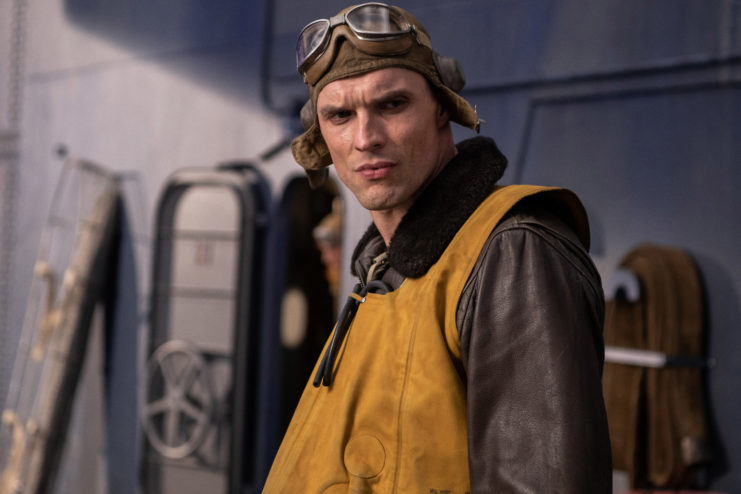
More from us: The Doolittle Bombers Traded Their Tail Guns for Broomsticks
Following his retirement, Best moved to California and began a career working as the head of security for the RAND Corporation. A loving husband, father and grandfather, he died on October 28, 2001. He is buried at the Arlington National Cemetery.
Recently, Best’s pivotal role in the Battle of Midway was portrayed by Game of Thrones actor Ed Skrein in the 2019 film, Midway.
